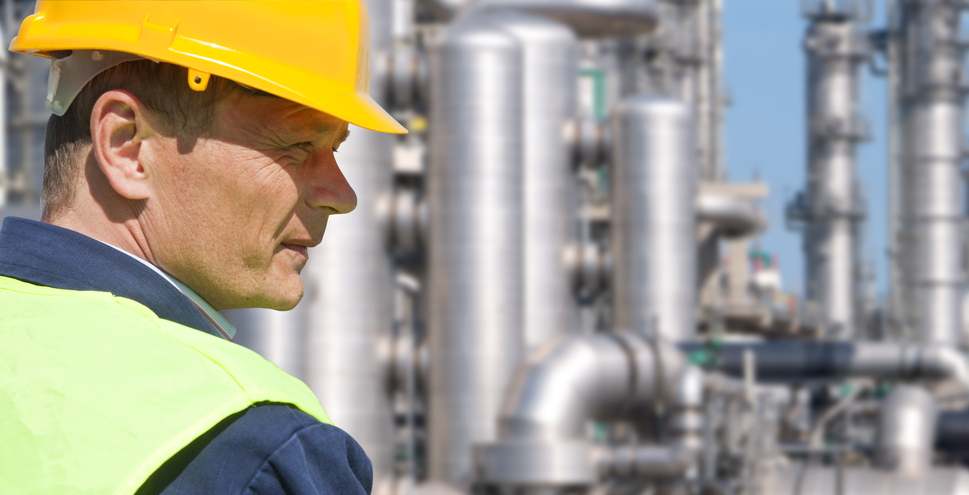Impacts of Nitrogen and Hydrogen on LNG – Part 7 of 10

This engineering online CPD video presentation will present the technical knowledge required by designers and engineer-led operators to ensure LNG and other petrochemical plants operate safely and reliably. This course is Part 7 of a 10-Part series.
LNG plants and other petrochemical plants are built to bring a return on investment to their investors through their safe operation. This training covers LNG technologies at both a technical and human resource development level. It will help you design, operate, or maintain an LNG facility; however, many LNG topics can also apply to other petrochemical plants. This training is intended to present technical materials to help develop a clear understanding of an LNG facility's safe and efficient operation. It is intended to give the learner the intermediate technical knowledge needed to make informed planning, maintenance, and operating decisions to ensure plant safety, reliability, and efficiency. The most crucial intention of this training is to give you technical knowledge on how to continue making the liquid natural gas industry safe and reliable.
The topics covered in this lesson include understanding:
- The volatility and behavior of zeotropic mixtures (components of LNG)
- The relationship between various LNG components' molecular mass, volatility, and temperature.
- The weathering of LNG that does not contain nitrogen, including its effect on LNG density
- The weathering of LNG that does contain nitrogen, including its effect on LNG density
- In-tank convective currents of LNG with and without nitrogen in the LNG
- The impact of hydrogen injected into LNG liquefier feed gas.
- The FERC guidelines on higher heating value, wobbe number, and inerts on interchangeability.
- Understanding LNG blending and sendout stabilization.
- Nitrogen-induced rollover phenomenon.
- Removal of nitrogen from LNG before storage.
- Removal of hydrogen from LNG before storage.
- The phenomenon of hydrogen stress corrosion cracking
This 1 CPD online video presentation is intended for engineers, designers, and technical personnel who are interested in learning about LNG.
The learning objectives of the complete 10 learning sessions are to understand, at an intermediate level, the following:
- How to safely, reliably, and efficiently operate an LNG plant
- General characteristics of LNG and safety
- Liquefaction pretreatment
- Liquefaction systems
- LNG tanks, valves, pumps, vaporizers, auxiliaries, and other LNG plant equipment
- BOG management and plant operations
- Transporting LNG
- Efficient operation of LNG facilities
- Importance of philosophies, procedures, maintenance, and modes of operation.
- Understanding the thermodynamic relationship that governs the behavior of zeotropic hydrocarbons.
This Part 7 of 10 session is intended to provide you with the following specific knowledge and skills:
- Understanding the behavior of zeotropic mixtures and how molecular mass, volatility, and temperature affect LNG components.
- Explaining the weathering process in LNG, including effects on density with or without nitrogen.
- Familiarizing yourself with the role of in-tank convective currents and the nitrogen-induced rollover phenomenon.
- Understanding the impact of hydrogen injection and the removal of nitrogen and hydrogen on LNG stability.
- Interpreting FERC guidelines on heating value, Wobbe number, and inerts for LNG interchangeability.
- Learning about LNG blending, sendout stabilization, and addressing hydrogen stress corrosion cracking.
Upon successful completion of the quiz, print your Certificate of Completion instantly. (Note: if you are paying by check or money order, you will be able to print it after we receive your payment.) For your convenience, we will also email it to you. Please note that you can log in to your account at any time to access and print your Certificate of Completion.